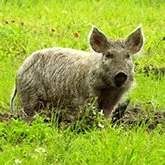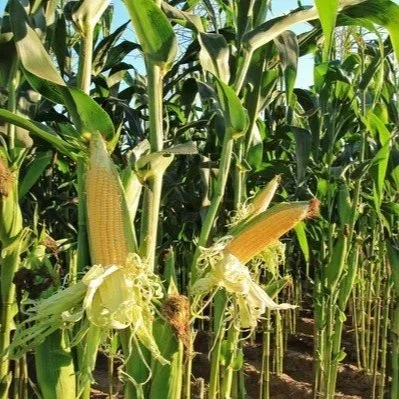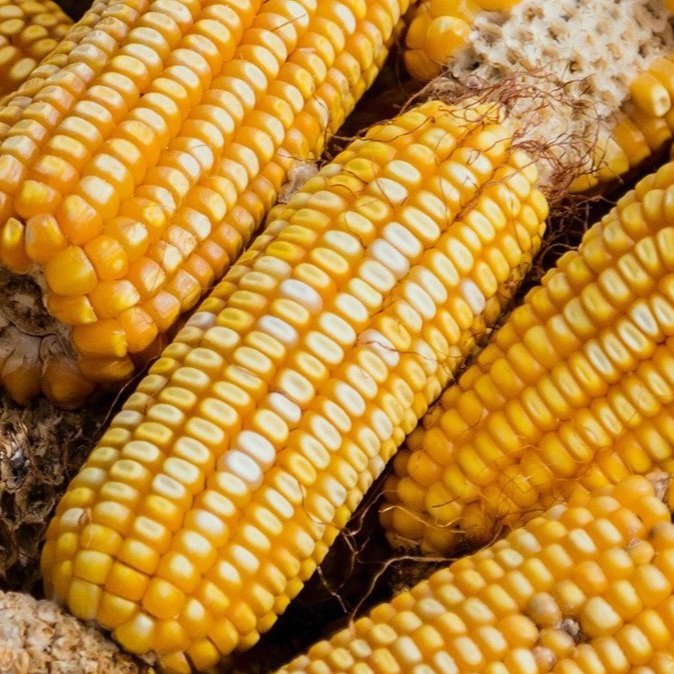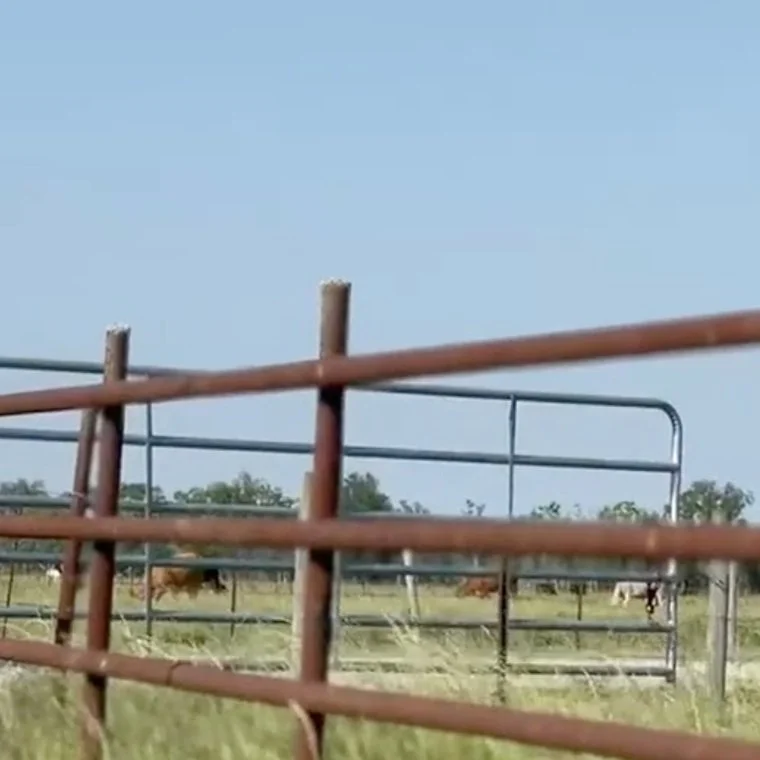The U.S. Department of Agriculture (USDA) National Agricultural Statistics Service in cooperation with the USDA Animal and Plant Health Inspection Service (APHIS) - Wildlife Services, is conducting a Feral Swine Damage survey to measure the costs of feral swine damage to crop producers growing corn, soybeans, wheat, rice, peanuts, and sorghum in the states of Alabama, Arkansas, California, Florida, Georgia, Louisiana, Mississippi, Missouri, North Carolina, South Carolina, and Texas.
Read MoreThe midwestern Corn Belt — which roughly covers parts of Indiana, Illinois, Iowa, Missouri, Nebraska and Kansas — will be “unsuitable” for cultivating corn by 2100 if climate change continues on its current trajectory, a new study finds.
“The future climate conditions … will significantly reshape biophysical suitability across the Central and Eastern U.S., causing a near collapse of corn cultivation in the Midwestern U.S. by 2100,” the study, published in Environmental Research Letters, concludes.
Read MoreIn any ‘normal’ crop year, replanting costs play a substantial role in estimating the additional production cost per unit (bushel). However, inflationary pressures and input price volatility observed since the fall of 2021 have cut into expected profit margins for 2022.
Read MoreDuring the next several weeks, the U.S. Department of Agriculture’s National Agricultural Statistics Service (NASS) will conduct two major mid-year surveys, the June Agricultural Survey and the June Area Survey.
Read MoreThe 34th Louisiana Corn Festival, June 9th – 11th in Bunkie! Established in 1987, the Louisiana Corn Festival is held every second full weekend in June.
Read MoreIt is not even summer yet, and we are feeling those scorching temperatures. Extreme heat has caused a drought spanning most of the state, taking a toll on farmers.
Read MoreThe planting dates for soybean in Louisiana range from early March to late June, depending on production systems and maturity groups. This variability in planting dates can expose soybean plants to a myriad of insect pests that can injure both below and above ground plant parts.
Read MoreClick for Microsoft Excel spreadsheets that allow growers the opportunity to evaluate the changes that herbicide selection, unit price, application rates, and tillage have on total weed control program costs on a per-acre basis.
Read MoreThe Agricultural Policy and Market Situation Newsletter (Volume V, Issue 1) contains a summary of agricultural policy happenings from the recent quarter (January 1st through March 31st).
Read MoreThe April Crop Market Update for Corn, Soybeans, Rice, and Cotton contains a discussion on USDA-reported supply and demand dynamics and farm price implications for the 2021/22 marketing year. The outside markets continue to monitor the Russia/Ukraine war as well as the slowing economy in China (due to the country’s COVID lockdown policy reducing import demand).
Read MoreIn it’s latest prospective plantings report, USDA reports corn acreage in Louisiana this season will be down slightly while cotton acreage will be WAY up.
Read MoreThe U.S. Department of Agriculture’s (USDA) Commodity Credit Corporation (CCC) announced the 2022 Marketing Assistance Loan rates.
Read MoreNitrogen (N) is the most yield limiting nutrient for corn production. The LSU AgCenter recommends 1 to 1.25 lbs of N per bushel of corn harvested i.e., a 200-bushel corn crop requires about 200 to 250 lbs N/acre.
Read MoreThe latest round of grain export sales data from USDA, out Thursday morning and covering the week through March 10, showed old crop sales facing some modest to moderate week-over-week reductions, but the overall numbers were still relatively bullish. Old crop corn sales faded 14% lower, but total sales remained strong and bested analyst estimates. Old crop soybean sales tipped 11% below the prior four-week average, while old crop wheat sales fell 53% lower week-over-week.
Read MoreThis month’s 2021/22 U.S. corn supply and use outlook is for increased food, seed, and industrial use, larger exports, and smaller stocks relative to last month.
Read More














